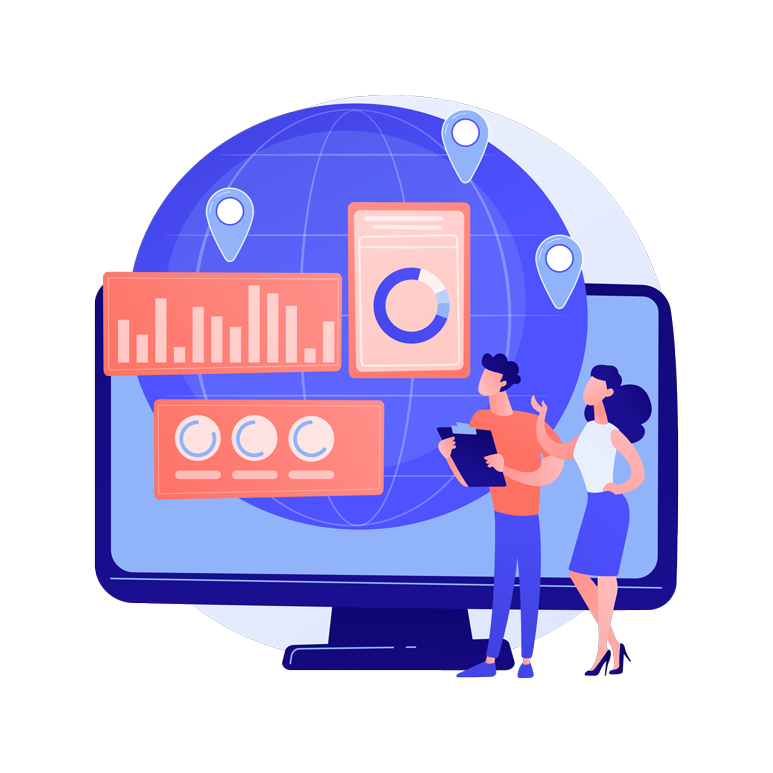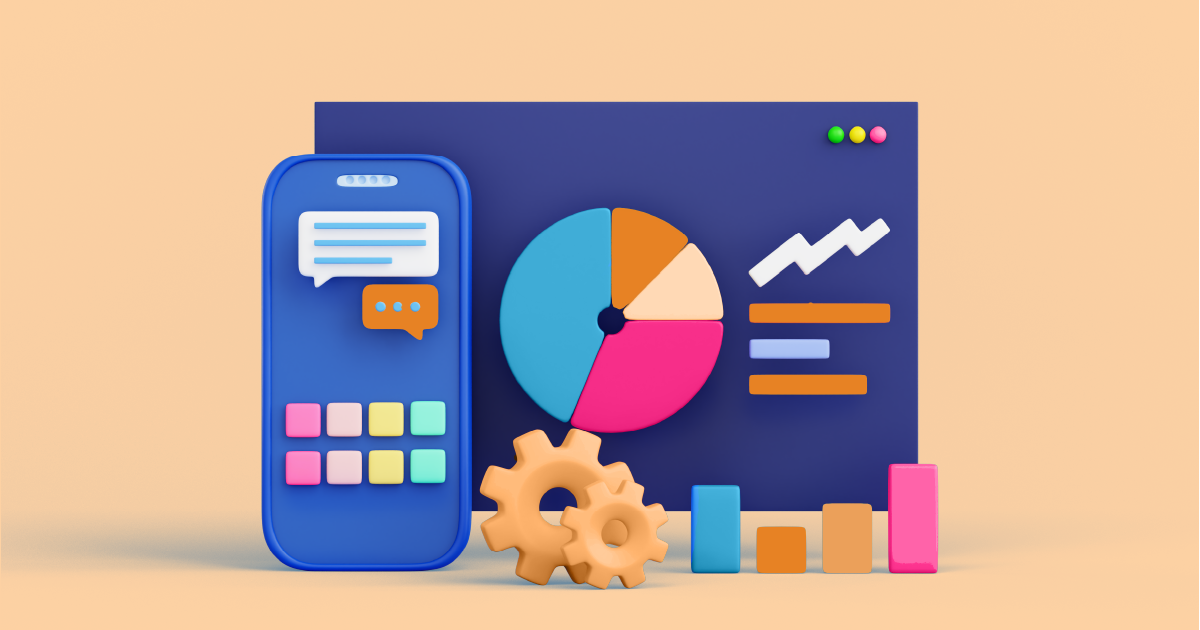Imagine running a ship without a compass or a map. Pretty daunting, right? In the digital world, managing without digital monitoring tools is just as challenging. But what exactly are these tools, and why are they so crucial? Let’s dive in and explore the fascinating world of digital monitoring tools.
What are Digital Monitoring Tools?

Digital monitoring tools are software applications designed to keep an eye on various aspects of your digital environment. From network performance to application health, security threats to user activities, these tools provide real-time insights and data to help you stay ahead of potential issues.
Importance of Digital Monitoring Tools
In today’s fast-paced digital landscape, staying proactive rather than reactive is the name of the game. Digital monitoring tools help you achieve just that by offering real-time data and alerts. This not only saves time and resources but also ensures smooth and secure operations.
Types of Digital Monitoring Tools
1. Media Monitoring Tools
These tools are like the vigilant guardians of your media. They monitor brand mentions, conversations, and sentiment analysis. Examples include AIM Insights.
2. Application Performance Monitoring (APM) Tools
Ever wondered why a particular app is slow or crashing? APM tools, like Dynatrace and New Relic, track the performance of applications, helping identify and fix issues before they affect users.
3. Security Monitoring Tools
Security is a top concern for any business. Tools like Splunk and Sumo Logic monitor for security threats, vulnerabilities, and breaches, keeping your data safe.
4. User Activity Monitoring Tools
Understanding user behavior can provide invaluable insights. Tools like Teramind and ActivTrak monitor user activities to ensure productivity and security.
5. Website Monitoring Tools
For businesses reliant on their web presence, tools like Pingdom and UptimeRobot are essential. They monitor website uptime, performance, and alert you to any issues.
Benefits of Using Digital Monitoring Tools
1. Proactive Issue Resolution
Why wait for problems to arise when you can prevent them? Digital monitoring tools enable proactive issue resolution by identifying potential problems early.
2. Enhanced Security
In a world where cyber threats are ever-evolving, enhanced security is a must. Monitoring tools detect and alert you to security threats, ensuring your data remains protected.
3. Improved User Experience
Happy users mean a successful business. By monitoring performance and swiftly addressing issues, these tools help enhance user experience.
4. Data-Driven Decision Making
Making decisions based on gut feeling is a thing of the past. Digital monitoring tools provide actionable data, enabling informed decision-making.
5. Cost Efficiency
Downtime can be costly. Monitoring tools help minimize downtime and its associated costs by ensuring optimal performance and quick issue resolution.
Key Features
1. Real-Time Monitoring
Real-time monitoring is crucial for immediate issue detection and resolution. Look for tools that provide live updates and alerts.
2. Customizable Alerts
Not all alerts are created equal. Choose tools that allow you to customize alerts based on your specific needs and priorities.
3. Comprehensive Reporting
Detailed reports help in understanding trends and making informed decisions. Opt for tools that offer comprehensive reporting capabilities.
4. Integration Capabilities
Your monitoring tool should play well with others. Ensure it can integrate seamlessly with your existing systems and tools.
5. Scalability
As your business grows, so should your monitoring tool. Look for solutions that can scale with your needs.
Top Digital Monitoring Tools in the Market
1. AIM Insights
Known for its AI media monitoring capabilities, AIM Insights offers comprehensive insights and real-time alerts.
2. Dynatrace
A leader in APM, Dynatrace uses AI to provide deep insights into application performance and user experience.
3. Splunk
A powerful security monitoring tool, Splunk excels in detecting and analyzing security threats.
4. New Relic
New Relic offers a full suite of APM tools, helping you monitor and optimize application performance.
5. Pingdom
For website monitoring, Pingdom is a top choice. It provides real-time insights into website performance and uptime.
How to Choose the Right Digital Monitoring Tool for Your Business
1. Assessing Your Needs
Start by identifying your specific needs. What aspects of your digital environment require monitoring?
2. Evaluating Features
Compare the features of different tools. Ensure they align with your requirements.
3. Considering the Budget
Budget is always a factor. Find a tool that offers the best value for your money without compromising on essential features.
4. Reading Reviews and Case Studies
Learn from others’ experiences. Read reviews and case studies to understand the pros and cons of each tool.
5. Testing the Tool
Most tools offer a trial period. Use this time to test the tool and ensure it meets your needs.
Implementing Digital Monitoring Tools
1. Setting Up the Tool
Proper setup is crucial. Follow the vendor’s guidelines for a smooth setup process.
2. Configuring Alerts and Dashboards
Customize alerts and dashboards to match your specific needs and priorities.
3. Training Your Team
Ensure your team knows how to use the tool effectively. Training is essential for maximizing the tool’s potential.
4. Regular Maintenance and Updates
Keep the tool up-to-date and perform regular maintenance to ensure optimal performance.
Challenges and Solutions
1. Overcoming Data Overload
Too much data can be overwhelming. Use filters and prioritization to manage data effectively.
2. Ensuring Data Privacy
Data privacy is paramount. Ensure your monitoring tool complies with relevant data privacy regulations.
3. Managing False Positives
False positives can be a nuisance. Fine-tune your tool to minimize false alarms.
4. Integrating with Existing Systems
Ensure seamless integration with your existing systems for smooth operation.
Future Trends
1. AI and Machine Learning Integration
AI and machine learning are revolutionizing monitoring tools, offering predictive analytics and deeper insights.
2. Enhanced Predictive Analytics
Future tools will offer enhanced predictive analytics, helping you stay ahead of potential issues.
3. Unified Monitoring Platforms
Expect to see more unified platforms that offer comprehensive monitoring across various aspects of your digital environment.
4. Increased Focus on User Privacy
With growing concerns about privacy, future tools will place a greater emphasis on user data protection.
Conclusion
Digital monitoring tools are no longer a luxury but a necessity in today’s digital age. They offer proactive management, enhanced security, and data-driven decision-making, ensuring your business runs smoothly and efficiently. By choosing the right tool and implementing it effectively, you can stay ahead of potential issues and ensure optimal performance. Ready to take your digital monitoring to the next level? Request a demo from AIM Technologies today and see how our cutting-edge solutions can transform your business operations.
FAQs
What are digital monitoring tools?
- Digital monitoring tools are software applications designed to monitor and manage various aspects of a digital environment, providing real-time insights and alerts.
How do digital monitoring tools improve security?
- These tools detect and alert you to security threats, vulnerabilities, and breaches, helping to keep your data safe and secure.
Can digital monitoring tools be customized?
- Yes, many digital monitoring tools offer customizable alerts, dashboards, and reports to match your specific needs.
What are some challenges in using digital monitoring tools?
- Challenges include data overload, ensuring data privacy, managing false positives, and integrating with existing systems.
What is the future of digital monitoring tools?
- The future of digital monitoring tools includes AI and machine learning integration, enhanced predictive analytics, unified monitoring platforms, and increased focus on user privacy.




